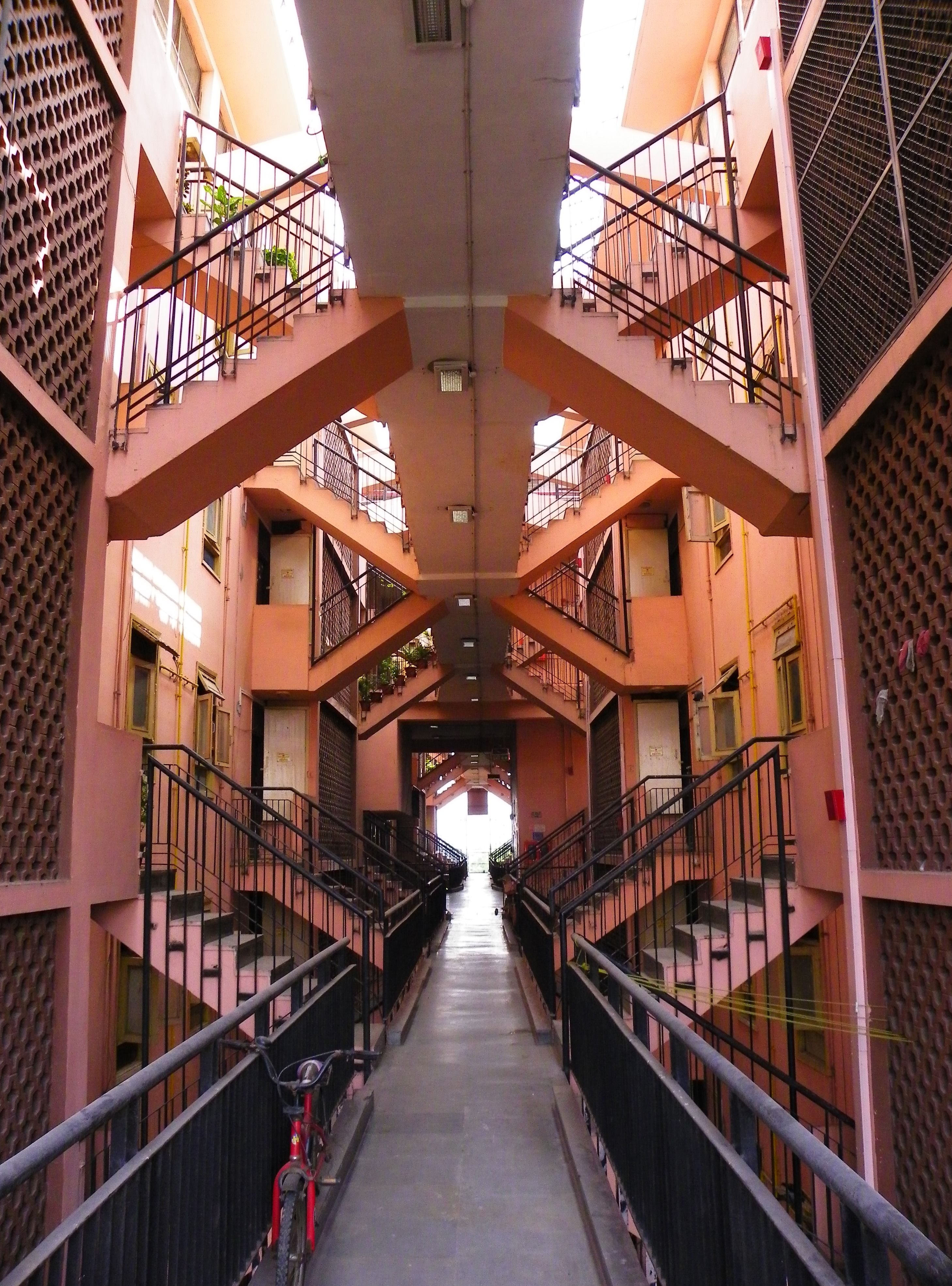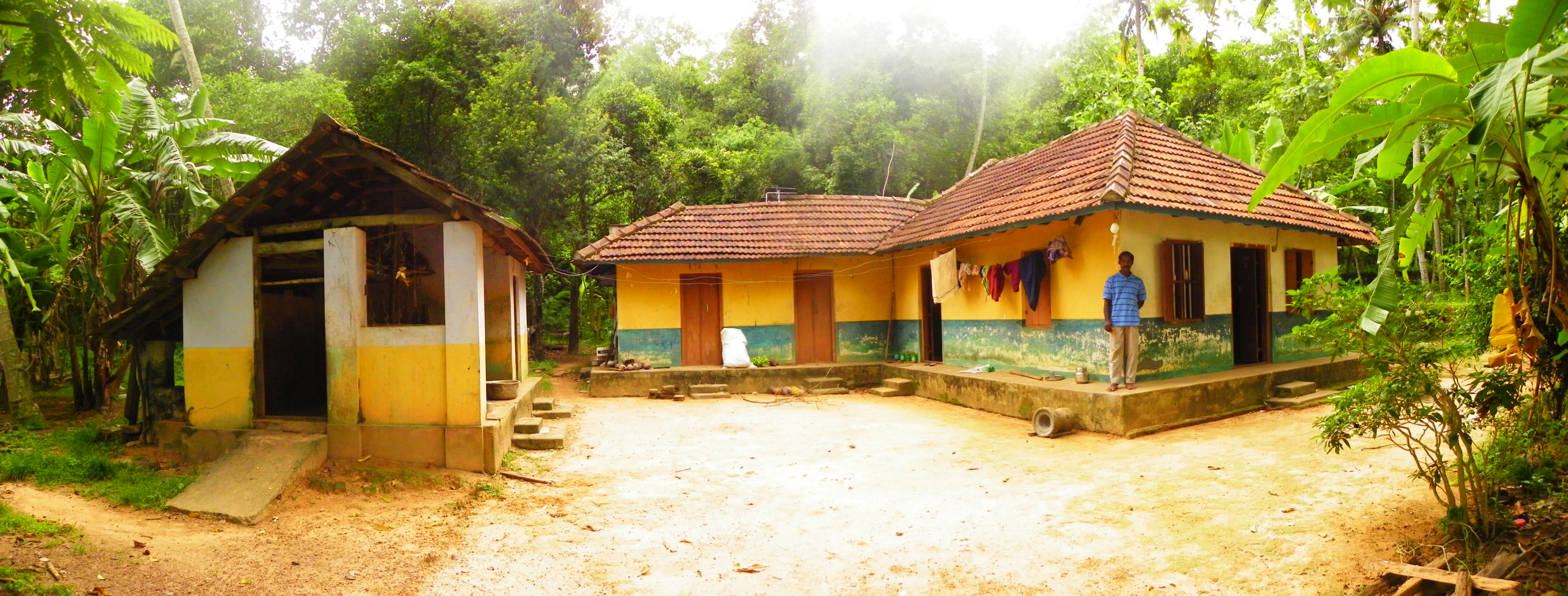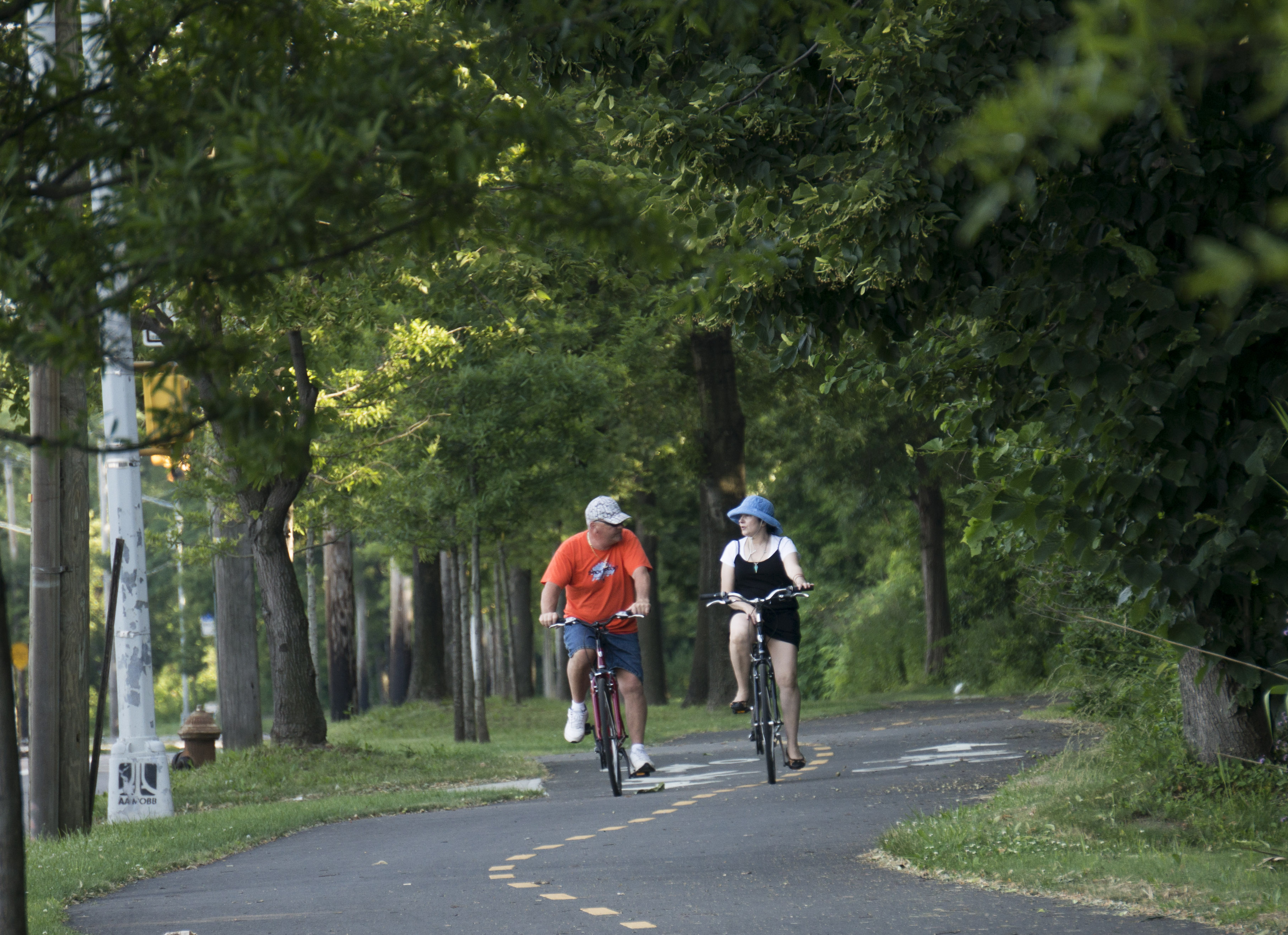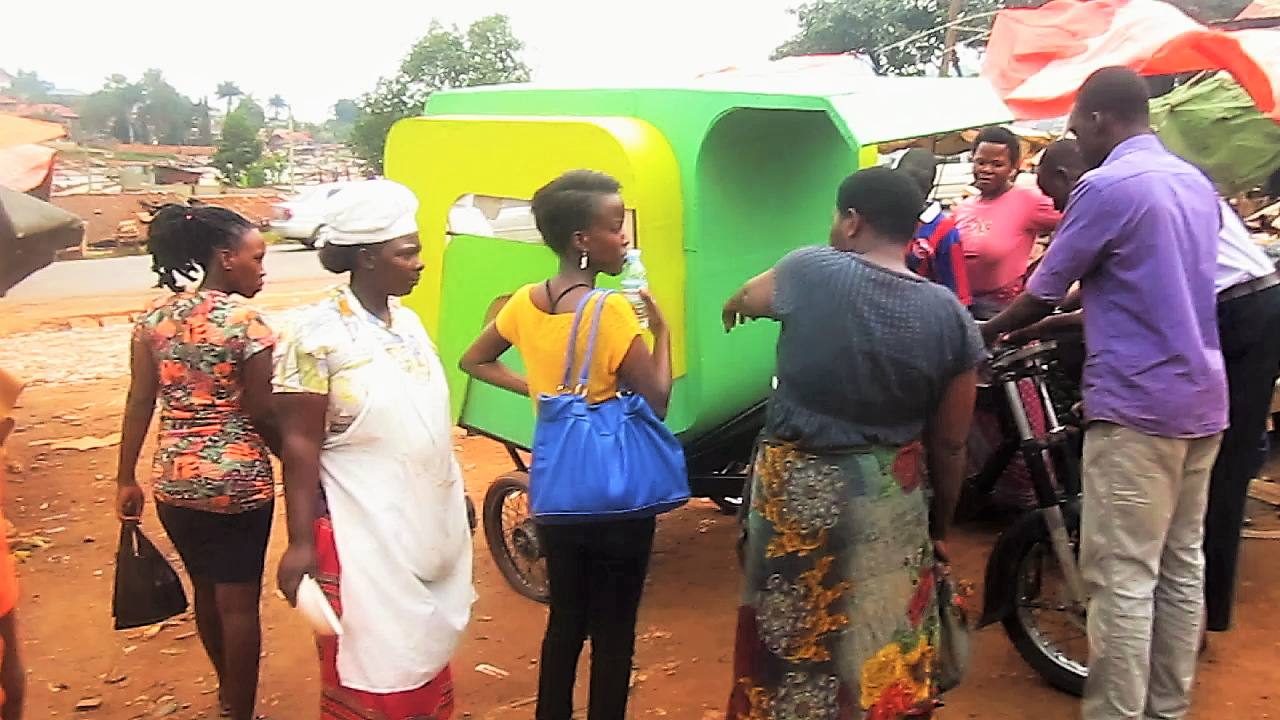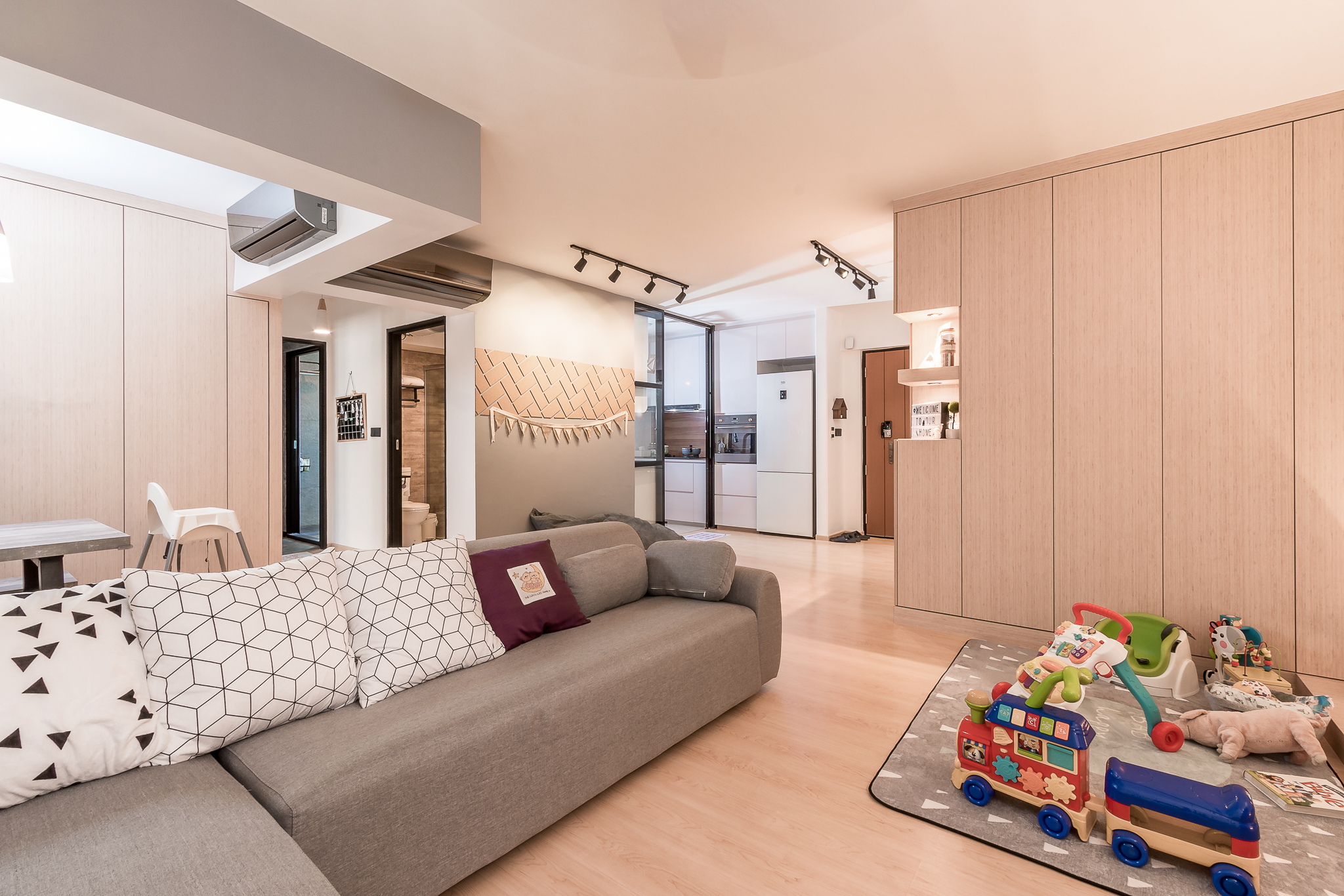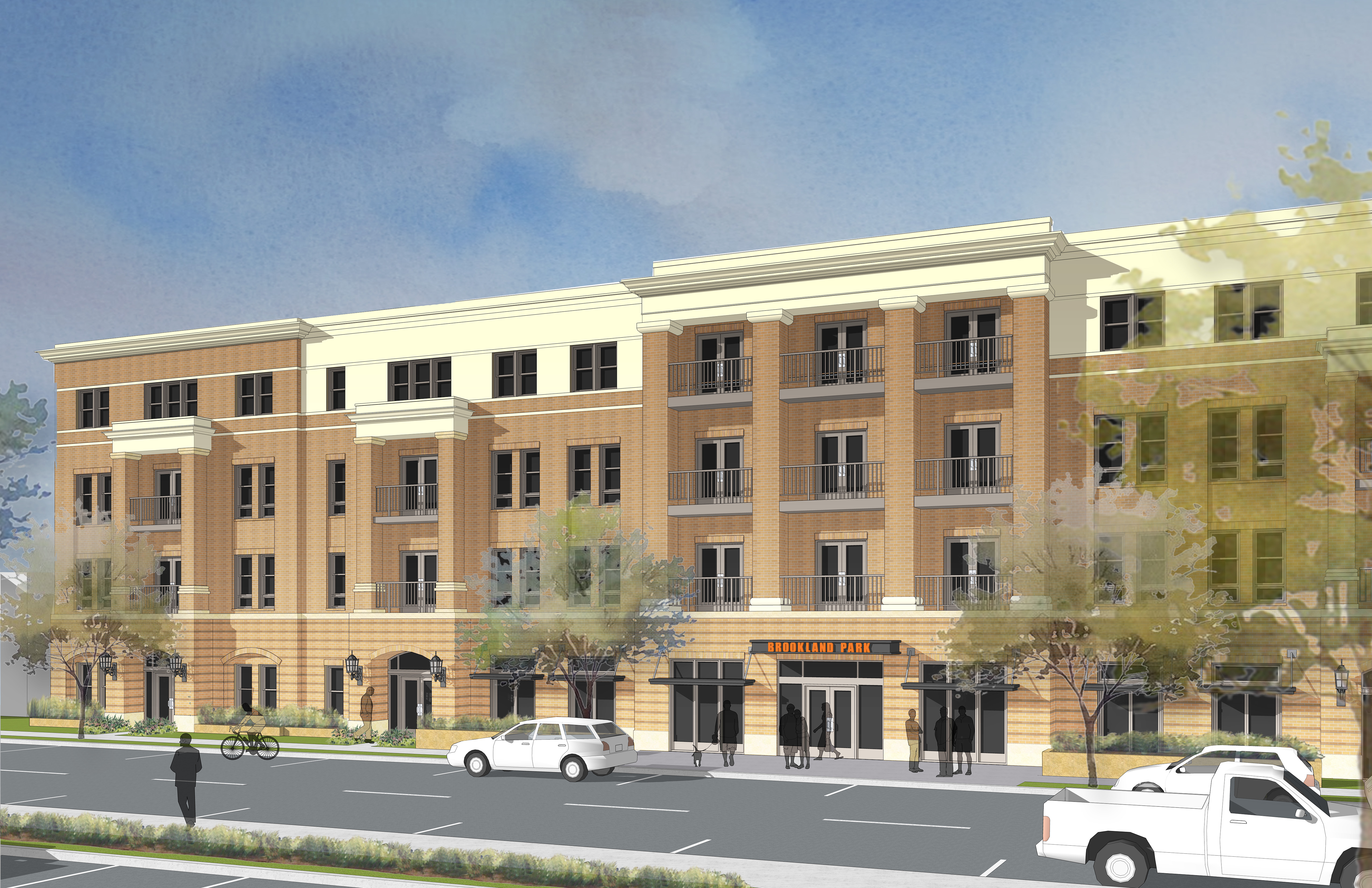Travel Fellowship Winners
NICOLE GRAYCAR2008 Travel Fellowship Winner; BERKELEY PRIZE Committee Member Country of Origin: U.S.A.; Country of Study: U.S.A.; Current Country: United States Degrees: Bachelor of Architecture (2008) BP 20th Anniversary Statement: After college, I began my career as a traditional architect, working the majority of the time on a mixture of corporate office and advanced lab spaces. My projects ran the gambit for clients such as Bayer Corporation, Johnson Controls, and one of the world’s leading semi-conductor manufacturers. I earned my architectural registration three years after I began working. Carnegie Mellon was my biggest client during this time and after 5 years in traditional practice I was recruited to work directly for them in the university’s Campus Design and Facility Development office. As a project manager, I hold the money and the architect’s and contractor’s contracts. What I love about my current job is the ability to put my money where my mouth is - and lead my projects with an architect’s eye and businesswoman’s savvy. I have completed a major renovation of the 100-year-old Hamburg Hall for Heinz College and managed the design process for a new ground up building designed by SOM funded by CMU’s largest gift by an international donor. I currently am working on two projects that best exemplify the ability of architecture to change community. I am a consultant on CMU’s new CMU-Africa campus in Rwanda which aims to lead the region in technology education. Back in Pittsburgh, I am helping Carnegie Mellon become the first anchor tenant in the largest undeveloped site within city limits. The riverfront property, once home to steel mills and currently surrounded by a depressed community, will be at the forefront of sustainability and community engagement. Our building will be inside the structural skeleton of the former steel mill, and house a major Department of Defense funded research initiative focused on the next industrial revolution of robotics and advanced manufacturing. After recently leaving Carnegie Mellon as Senior Project Manager, Nicole’s latest achievement is the opening of her own architectural project consultancy, CD2 Management Consulting in Pittsburg, Pennsylvania. The firm offers services in owner’s representation, consulting, and design. She is involved “in everything from project definition, concept development, schematic design through to construction and occupancy.” This includes “site due diligence, community engagement, contractor selection, financial reviews, furniture procurement, and state grant administration.”
DOMINIC MATHEW2009 Travel Fellowship Winner Country of Origin: India; Country of Study: India; Current Country: United States Degrees: Master of Regional Planning and Environmental Finance (2018); Bachelor of Architecture (2012) BP 20th Anniversary Statement: Since graduating from architecture school in 2012, I have worked with two non-profit organizations. My first role with The Institute for Transportation and Development Policy led me into the field of transportation. I explored the intersection of design and its effect on communities, especially when it meant the creation of public transit and safer roads. This was a wonderful experience to work with communities in the state from which I had graduated, and I was exposed to different facets of policy and design. Shifting states, my role at The Fairconditioning program facilitating an educational framework on energy efficiency, to architecture and engineering students, harked back to the topic of my first essay for the BERKELEY PRIZE on traditional courtyards in India. Old forms like these were effective in keeping homes cooler than power guzzling air-conditioners and flashy glass facades! The BERKELEY PRIZE Travel Fellowship played a huge role in helping me define my path slightly away from architecture. My visit to Auroville, India to participate in the workshops on building using earth, and the trip to visit the mobile BMW - Guggenheim Lab in Berlin, were instrumental in helping me understand the social aspect of design. In my current position, as a graduate student in the Department of City and Regional Planning at Cornell University, I am combining my experiences from architecture school and work to focus on policies shaping our cities.
Dominic now works at the Fund for Our Economic Future in Cleveland, Ohio, as their Urban and Regional Planner for Mobility Innovations. He is working with “stakeholders in business, workforce development and transportation to launch a number of pilots in Northeast Ohio to better connect people to jobs in the region, as part of our Fund’s commitment to improving job access. He brings extensive domestic and international experience in transportation planning and sustainability to his role, including time at a mobility organization in India, where he focused on public transit and questions of equity and affordability. Now Ubereconomics, automated vehicles and Mobility as a Service appeal to him as he navigates living car-free in Northeast Ohio.”
SAUMITRA SINHA2012 Travel Fellowship Winner Country of Origin: India; Country of Study: U.S.A.; Current Country: U.S.A. Degrees: Master of Regional Planning, Department of City and Regional Planning (2017); Bachelor of Architecture (2007) BP 20th Anniversary Statement: As part of my BERKELEY PRIZE Travel Fellowship in 2012, I attended a workshop on Campaigning Architecture in Chicago. The workshop’s theme was on engaging with the city, to advocate for better public spaces. This exposed me to possibilities which I hadn't considered before, working at a larger scale on planning and policy issues. After college, I did research and worked on socially relevant projects. Based on this experience, I decided I needed to study further to build my knowledge and skills to pursue my interest further. I am currently a Master of Regional Planning student, batch of 2017, in the City and Regional Planning Department at Cornell University. My area of interest is in environmental planning, climate change adaptation, and disaster management. I am currently writing my master’s thesis on institutional reform in Kolkata India to support better disaster management strategies. Last year for my summer internship, I worked on the NYC Parks’s Freshkills landfill to parks project. With my classmate, I designed and conducted a survey to assess how the community was using a new greenway created there. It was marvelous for me to hear the community members talk about how the character of Freshkills had changed. Before it was an undesirable dump, and they couldn't have imagined it would become a green refuge for them. I consider this to be one of the best examples of how an undesirable space can be transformed into an asset for the society.
BEN WOKORACH2013 Travel Fellowship Winner Country of Origin: Uganda; Country of Study: Uganda; Current Country: Uganda Degrees: Bachelor of Architecture (2016) BP 20th Anniversary Statement: My life aspiration is to be a serial innovator and social entrepreneur contributing to achieving the UN Sustainable Development Goals and inspiring millions of youths across the Globe. This conviction has been influenced by my 2013 BERKELEY PRIZE Travel Fellowship experience, which not only exposed me further to the social art of design, but also deeply to social innovations as a means to improve livelihood of the undeserved in our communities. On my return, this rich and diverse experience shaped my final year design thesis “Community Museum of Acholi Traditional Music and Dance” (https://www.youtube.com/watch?v=ZO8Bq62Wo5s), which emerged as the best final year project from Makerere University. I was awarded as the best final year student by Uganda society of Architect in 2015. After my graduation I created Fruiti-Cycle (https://www.youtube.com/watch?v=7tTuxiaVD_k), an affordable electric motorized tricycle mounted with a solar powered refrigerated storage unit, for conveniently distributing fresh fruits and vegetables. It is designed for small-scale farmers with the mission to reduce the 50% post-harvest losses in fruits and vegetables happening in the distribution chain in Africa to less than 10%, thereby increasing farmers' incomes and food security globally. Today I am the CEO of the startup in Uganda which has won over six awards, and personally I have been recognized as 1 of 100 brightest young minds in Africa 2016 (https://www.linkedin.com/pulse/young-thriving-african-entrepreneur-leader-jacob-fohtung), and 1 of 250 global young leaders for first ever UNCTAD Youth Forum 2016 (https://wokober.wordpress.com/ ). Currently I am a Mandela Washington Fellow at Purdue University Indiana, a leadership initiative by Barack Obama for Africa young leaders.
DISHA SAHU2013 Travel Fellowship Winner Country of Origin: India; Country of Study: Finland; Current Country: United States Degrees: Master of Community and Regional Planning (2018); Bachelor of Architecture (2013) BP 20th Anniversary Statement: As I look back, I recollect that almost four years have passed since I received the BERKELEY PRIZE Travel Fellowship. In the summer of 2013, I participated in the urban planning and design summer school as a BERKELY PRIZE fellow at Aalto University in Helsinki, Finland. The 24-day intense studio format involved us in a hands-on user oriented urban regeneration project. The experience was rewarding and enriching. It made me cognizant about the context of modern and post-industrial culture. As an architecture student in India, who was being trained in the age of internet and active social media, this summer school gave me the opportunity to feel and understand the developed countries perspective on social art of architecture. Before this I would generally browse and read about architecture projects in the West through internet but this exposure of climate, culture and people grounded a more rooted lens in my architectural thought process and understanding . After finishing my architecture school in India, I worked for architecture firms in India. Over a time period of three years, I worked for various scales and types of design studio. I learnt and un-learned the pragmatism of our profession. It taught me that architecture is a profession of scale, form and rigor. After working in field of design and construction for three years, I wanted to shift gears into the larger urban context. The PRIZE Fellowship experience was instrumental in identifying my liking for urban design and planning. Soon after three years of architecture practice, I decided to pursue my graduate studies in field of Community and Regional Planning. I moved to United States to attend The University of Texas at Austin. For past year I have been busy with my graduate studies. Currently I am spending my summers in Washington DC undertaking an Archer fellowship in Public Policy. I am also interning at the strategy and implementation division of MNCPPC (Maryland Park and Planning Commission, Prince George's County), Maryland, U.S.A. As a part of the internship, I am involved in community engagement, stakeholder coordination for grant writing and allocation for a Transit Oriented Development project. My journey which started as seeking social art of architecture has now expanded into a social art of spatial design.
CLARENCE LEE2014 Travel Fellowship Winner Country of Origin: Singapore; Country of Study: New Zealand; Current Country: Singapore Degrees: Bachelor of Architecture (2015) BP 20th Anniversary Statement: A week away from now, I will be officially launching my architectural consultancy practice - with two completed interior renovation projects, two renovation projects in progress, and another residential alterations project in the pipelines. Looking back, I would never have once thought that I would be setting up my own practice with just a year’s experience in the industry, and as a fresh graduate architect. This was a decision made after experiencing an abusive work environment, entering a bout of depression and after being rejected by all the architecture schools I applied for. Throughout my studies, I have always wondered if architecture was the correct path for me, but never have I been so close to throwing in the towel after experiencing this series of disappointments. In these moments, when my beliefs become glaringly at odds with what the world wants, I always find myself returning back to my time in Kyoto – where I studied the traditional Japanese gardens and finally decided how I should practice architecture. This was an opportunity only made possible with the BERKELEY PRIZE Travel Fellowship prize. I do not know where my beliefs will take me from here onwards. But I do know that life becomes much more meaningful and exciting when you heed your dream’s calling, and honor your beliefs with your actions.
DELMA PALMA2014 Travel Fellowship Winner Country of Origin: U.S.A.; Country of Study: U.S.A.; Current Country: U.S.A. Degrees: Bachelor of Architecture (2014) BP 20th Anniversary Statement: I am an architect and urban designer that designs mixed-income communities in some of the most impoverished areas of the United States. At my firm, my co-workers and I work with many entities, such as city housing authorities, public planning departments, and private developers, to deconcentrate the poverty that was exacerbated by the way public housing was developed in the 50’s and 60’s. Through designing mixed-income communities, we help cities and neighborhoods become more resilient socially, economically, and physically. Public hearings are my favorite part of my job. At a public hearing you have the opportunity to hear testimonials from residents about how new housing will change the trajectory of their lives. These residents have usually lived in public housing for most of their lives, and a chance for a new house means so much more to them—a new house is equivalent to a new life for them and their children.
Delma is now a community design architect for the capital projects division of the New York City Housing Authority (NYCHA), where she recently led the connected communities initiative as an urban design fellow. The initiative is a program “to integrate over 350 public housing developments better into the fabric of New York City. Through urban design, resident engagement and public-private partnerships, NYCHA is promoting more inclusive and connected developments so that residents can take advantage of the many resources New York has to offer.” In other words, even though Delma is working within a large government agency, she is committed to achieve something that addresses the social art of architecture.
TARUN BHASIN2015 Travel Fellowship Winner Country of Origin: India; Country of Study: India; Current Country: India Degrees: Bachelor of Architecture (2017) BP 20th Anniversary Statement: “People, collectively, and simultaneously with the spaces they inhabit, produce their own external environment” I attempted the BERKELEY PRIZE in my first and second year of college, but did not get shortlisted. The intent behind my writing wasn’t clear and my subject wasn’t defined. I did not make that mistake for the third time (perhaps because of my partner). The focus had shifted from writing about concepts to narrating human experiences and stories of particular events; and this change in my perception has defined my work ever since. My interest after the PRIZE greatly shifted towards Urban Design, primarily Urban Regeneration. I, within a team, participated and won two World Architecture Festival Student Charrettes consecutively (2015, 2016). In the first, we tried to revitalize an old city’s fabric by placement of an object. In the second, we attempted to create a dialectic shift in autonomy between two cores through a heterotopia. While the discussions were purely academic, they were carried to my thesis that aimed at developing a socio-economic housing model for inert work-dwell communities placed within any metropolis. The social art of architecture does not require you to be involved in construction, but asks you to carefully assess the nature of problem and find solutions that have the capacity to reinvigorate even the most neglected minorities in the present situation. At 23, I have now graduated and am entering the field of architecture journalism to explore conditions and their supporting ideas; to generate dialogues; and to share corresponding results.
ANDREEA MOVILA2015 Travel Fellowship Winner Country of Origin: Romania; Country of Study: Romania; Current Country: Romania Degrees: Bachelor of Architecture (2017) BP 20th Anniversary Statement: My (Essay) paper answered the theme of "Architects Confronting Poverty" with a case study from my country, Romania. It was not the first time I have participated in an essay competition, but the first time I approached the theme of architecture as social art, and the meeting with this field through the contest transfigured my life afterwards in an unexpected way. Returning from the travel sponsored by the Travel Fellowship I won, I convinced the Dean of my architecture school that a contest, addressed to students of architecture from Romania referring to social problems in the country would be very necessary. He invited me to come with a proposal - regulation, jury, prizes. After a period of hard working (website), sponsorships, jury members, regulation framework etc. - in 2015 we had the first edition of the contest that we entitled "Architecture of Alterity" (Architecture of the Other) with a jury composed of high class theorists from Romania. They selected 5 finalists that were invited to present their paper in a joint event, where the jury nominated the winner of the prize of 1000 euros. Last year we had the second edition and now we are working to launch the third one. I plan to seek funding in order to publish a book that would contain the most interesting papers gathered so far in a format of a Manifesto - of young architects talking about social architecture as it is perceived here. The outcome of the whole endeavor is very satisfying and "Architecture of Alterity" grows bigger as a phenomenon of real interest. As far as I am concerned, I have just finished the college this year and I plan to apply for a Ph.D. in architecture. I am firmly convinced that the participation in this contest influenced me significantly and due to this I have been paying more attention to the issue of social architecture...and now I am happy that I can help others in the same manner. Thank you very much for being... and encouraging so many generations of architects to be more profound and socially responsible. Andreea is now working for DSBA (DS Birou de Arhitectura) in Bucharest, Romania. She is also an editor for Share Architects (SHARE-architects.com/), where the “architecture community (of Central and Eastern Europe) comes together to share ideas and inspiration, learn and celebrate excellence in architecture.”
VAIBHAV SAXENA2016 Travel Fellowship Winner Country of Origin: India; Country of Study: India; Current Country: India Degrees: Bachelor of Architecture (2017) BP 20th Anniversary Statement: Currently, I am working as an Intern Architect at a studio based in Hyderabad, India. For the past two months, we have been working on an invited competition to design a law university campus for 3500 people in the central part of India where the climate is very harsh. The campus is envisioned as breaking away from the usual typology of a university. The aim was to foster interaction and exploration creating a continuous form. The sense was to break away from the objectivity of influential western architecture and create open and continuous shaded spaces. Think of it as an oasis in the desert and arrive at a solution where one thinks how can community grow in a desert and how the spaces act as a catalyst to enhance the learning. This campus is all about changing the social nature of learning through spatial interaction. A month from today (July 2017), I will begin working as a research assistant for FabLab CEPT in Ahmedabad. My research will try to develop a concrete 3D printer as cheap as possible. Many might think of it as drifting away from architecture, but I feel the way we build is very important alongside the way we think about spaces. A cheap and affordable concrete 3d printer could help people to participate in this process rather than remaining alienated to this beautiful technology.
See: https://vaibhavsaxena.wixsite.com/vaibhav for Vaibhav’s wide-ranging academic and work pursuits.
|

